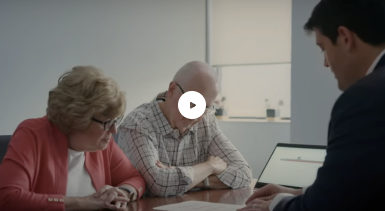Key Milestones at Age 59 ½ for Retirement Planning
Reaching the age of 59 ½ marks significant milestones in the journey of retirement planning. This age is particularly noteworthy for individuals looking towards retirement because of the following key developments:
Withdrawal Without Penalty
At 59 ½, individuals gain the ability to withdraw funds from their 401(k) or IRA without incurring the typical 10% early withdrawal penalty. This opens up the possibility for early retirement, as it allows for more flexible access to retirement savings. However, it’s important to note that while the penalty is waived, the withdrawals are still subject to regular income tax.
Inservice Rollover Opportunities
Another critical aspect that comes into play at 59 ½ is the option for an inservice rollover of a 401(k). This means that individuals who are still employed can start transferring funds from their 401(k) to an IRA. This transfer can happen while continuing to contribute to their current 401(k) plan and taking advantage of the broader investment options available within an IRA.
Advantages of Rolling Over to an IRA
Rolling over to an IRA from a 401(k) at 59 ½ can significantly enhance retirement planning for several reasons:
- Diversification: IRAs typically offer a much wider range of investment options compared to 401(k)s, including individual stocks, mutual funds, structured notes, insurance products, fixed income products, CDs, fixed annuities, real estate investment trusts (REITs), and more.
- Customization: With the vast array of investment choices, it becomes feasible to tailor retirement portfolios more finely to match individual risk tolerances, investment preferences, and retirement goals.
- Control: Managing investments through an IRA provides greater control over asset allocation and investment strategies, allowing for adjustments as needed based on changing market conditions or personal circumstances.
Importance of a Customized Retirement Plan
The transition from a general growth-focused investment strategy to a retirement-specific plan underscores the need for a more nuanced approach to asset management as one nears retirement. Customization is key to addressing unique financial situations and ensuring that retirement planning aligns with personal goals, risk tolerance, and the desired lifestyle in retirement.




















